Icon Saint Minas hagiography
€100,00 – €350,00Price range: €100,00 through €350,00 "without VAT"
Icon Saint Minas hagiography, depicted gloriously on a white horse, with gold details. Ideal for every orthodox prayer room
Icon Saint Minas hagiography
Discover the icon of Agios Minas, painted with traditional technique and exceptional detail. The saint is depicted gloriously on a white horse, wearing rich golden armour and carrying a sword, while divine light descends from the sky – a symbol of divine protection and power.
This icon is a unique piece of orthodox art, suitable for any church, shrine or personal collection. The quality and authenticity of the art make it an ideal gift for any believer.
✅ Handmade
✅ Wooden base with gold border
✅ Ideal for home or temple
Saint Minas was born in Egypt in the middle of the 3rd century AD to pagan parents. However, the pagan environment in which he grew up failed to harden his heart, which, when the time came, was broken by hearing the voice of God, “who sends his heart and kidneys” (Psalms 7:10), and so, still a teenager, Menas became a Christian. As he grew older, he chose a career in the Roman army.
Minas was distinguished both for his wisdom and for his bravery, and for this he was appreciated in the military circle. Unfortunately, however, three centuries after the coming of Christ and the old world still did not want to accept the redemptive message of the Resurrection.
Diocletian and Maximian ordered a persecution against the rational sheep of Christ, a persecution that lasted from 303 to 311 AD. This was the first critical moment when Menas was called upon to say “the big yes or the big no”. The saint could not bear it, threw his military belt to the ground, thus divesting himself of his status as a soldier – persecutor of the Christians – and fled to the nearby mountain.
So, at the age of about fifty, after a divine revelation that the hour of martyrdom had arrived, he went down to the city on the day of a pagan festival and with boldness, in the midst of the raging idolaters, he confessed Christ as the one true God, initiating the deaf and insensitive idols. He was arrested and dragged before Pyrrhus, the governor of the city.
There, speaking with courage, he revealed his name, his origins, his military background and, of course, boldly and steadfastly proclaimed his faith in Christ. He was taken to prison, and the next morning he was again brought before the ruler, who accused him of having insulted the gods, and even in his own presence, and of having deserted the army.
The Saint accepted the accusations without hesitation. Pyrrhus ordered him to be subjected to intolerable torture. The executioners flogged him so much that his floggers were changed two and three times. They hung him and stripped him until the Saint’s internal organs began to show. Then, as if that were not enough, they rubbed his battered body with a haircloth and finally dragged him naked and mangled on metal spikes. In fact, at the time of his martyrdom, some of his old companions urged him to sacrifice to idols, saying that his God would justify him by seeing the torture to which he was subjected.
The Saint firmly refused and replied that he was offering even his own sacrifice to Christ, who strengthened him to endure the plagues. The ruler, admiring the eloquence and wisdom of the martyr’s answers, asked him in amazement how it was possible that a rough soldier like him could answer in this way.
And the Saint, with God’s enlightenment, replied that this ability is given to his martyrs by Christ, as promised in the Gospel: “And when they shall be offered to you upon the synagogues, and upon the principalities and powers, take no thought for what ye shall confess, or what ye shall say. For the Holy Spirit teaches you at this time to see what you have to say’ (Luke iv, 11-12). Then the tyrant, despairing, ordered him to be beheaded.
His beheading took place on the 11th of November in the early 4th century AD (probably in 304 AD) and thus his soul flew joyfully towards Christ the Saviour whom the Saint so desired and for whom he sacrificed himself.
- 100% guaranteed transaction!
- 100% money back guarantee!
- Immediate delivery to the products we have in stock.
| Weight | N/A |
|---|---|
| Dimensions | N/A |
| Icon Decoration | with gold, with handmade hagiography, with wood |
| Size | Big – LG, Medium – MD, Small – SM, Very large – XL |
| Collection | Church supplies |
| Manufacturing Method | Handmade |
| Icon Type | Hagiography |
| Material | Wooden |
| Usage | For the House, For the Wedding, Για το Ναό |
| Name of Saint | Saint Mina |
Only logged in customers who have purchased this product may leave a review.
You may also like…
Hierarchical Items
Church supplies
Hierarchical Items
Related products
Church supplies
Church supplies
Church supplies
Church supplies
Church supplies
Church supplies
Church supplies
Church supplies

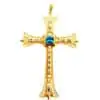

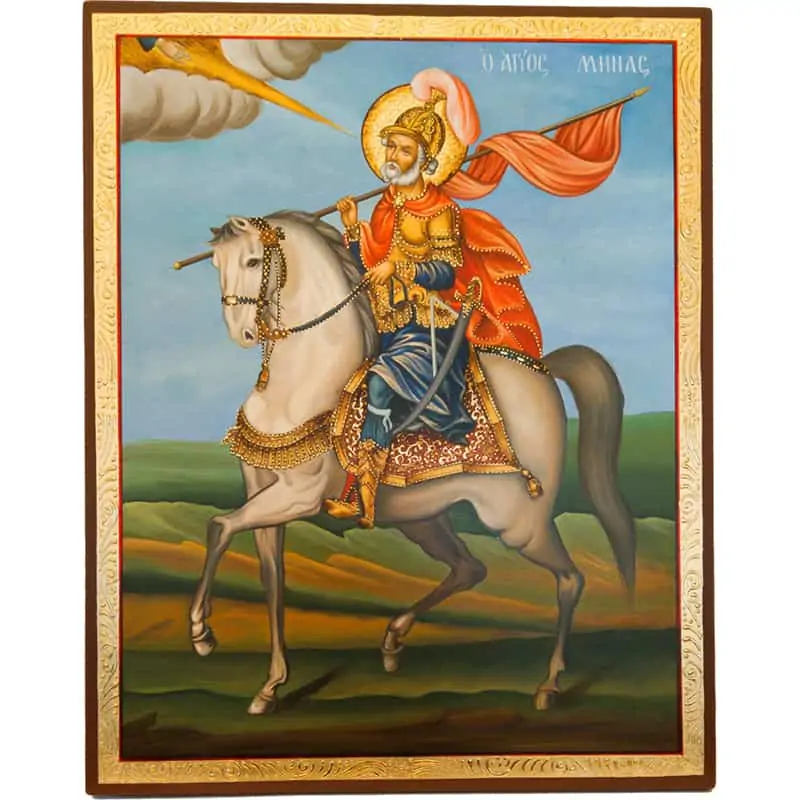
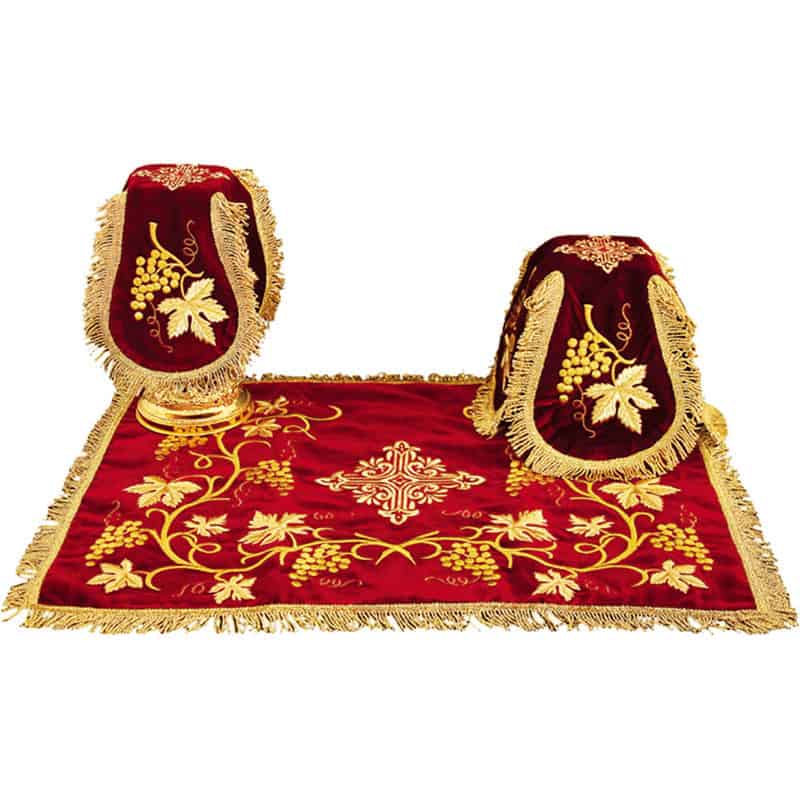
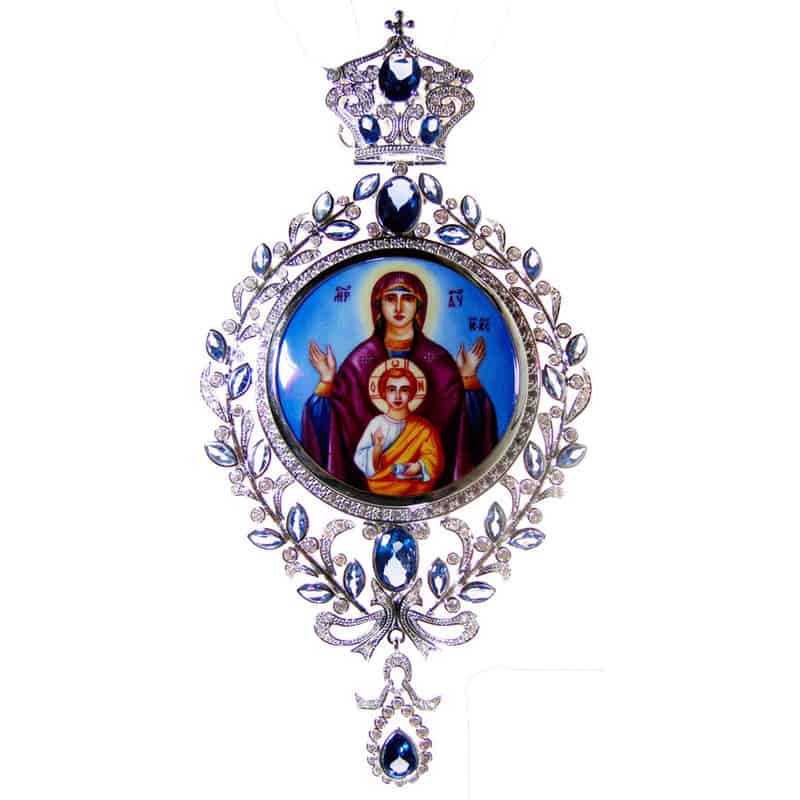

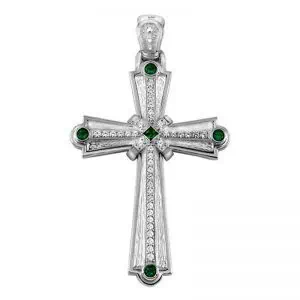
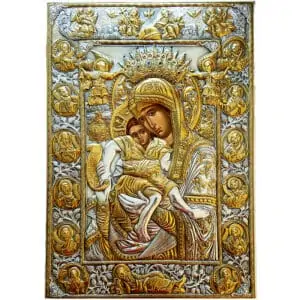

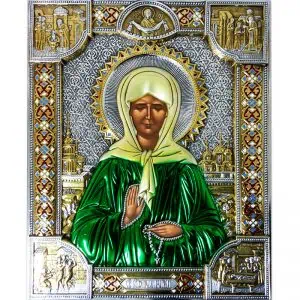
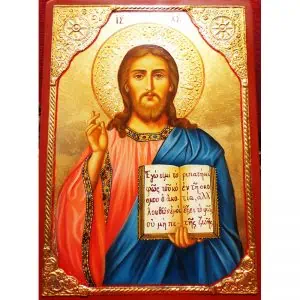

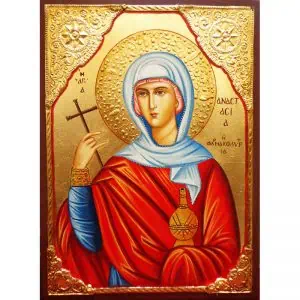
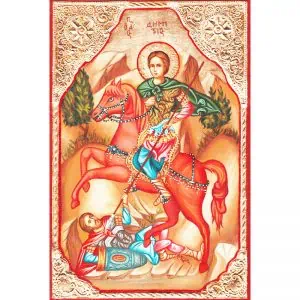
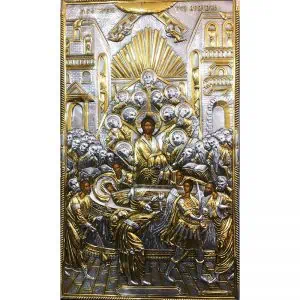
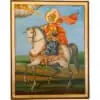
Reviews
There are no reviews yet.